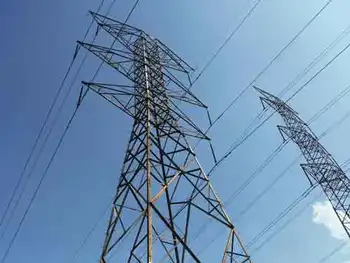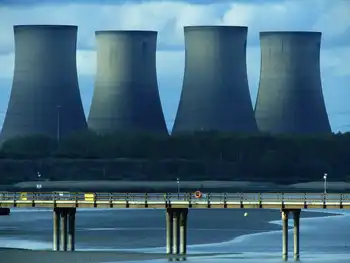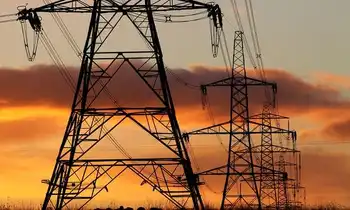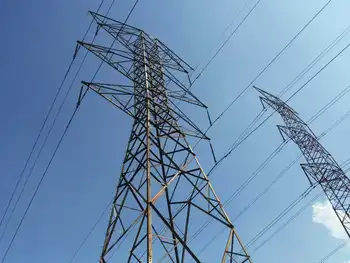Wind glitch causes city to miss first green goal
By McClatchy Tribune News
NFPA 70e Training - Arc Flash
Our customized live online or in‑person group training can be delivered to your staff at your location.

- Live Online
- 6 hours Instructor-led
- Group Training Available
However, with two landfill biogas projects coming online soon, the city should meet the 5 percent goal set for 2013 by the end of this year, said Connie Kacprowicz, Columbia Water and Light spokeswoman. The Columbia City Council held a public hearing on the 2008 Renewable Energy Report.
The ordinance's first mandate was for the city to use renewable resources to provide 2 percent of its electric retail sales by Dec. 31, 2007. It attempted to do that with a contract to purchase 6.3 megawatts of wind power annually - about 1.9 percent o Columbia's total annual energy need - from the Bluegrass Ridge Wind Farm in King City.
The city began buying wind power from the farm in September. For the last four months of 2007, the city received an average of 1 percent of its total power from the farm. Kacprowicz said the city is on a learning curve with implementing renewable sources of energy and is still finding out how much the wind power fluctuates and what to expect.
Added to the uncertainty is that Columbia wasn't guaranteed transmission of the power it was contracted to purchase from the wind farm until Feb. 1 because of overloaded transmission lines, Kacprowicz said. Once the city was guaranteed transmission of its wind power in February, it was notified that 11 of the 27 turbines at the wind farm were out of service because of cracked blades, which reduced the amount of power Columbia received.
Through April, Columbia received an estimated average of 0.9 percent of its energy from wind in 2008. "Between the transmission uncertainty and the cracking of the blades, we don't really know what to expect yet," Kacprowicz said. "We haven't been receiving that much. We're hoping it will jump up again when they get those units repaired and are working.
Tony Wyche, spokesman for the Wind Capital Group, which operates the King City wind farm, said the manufacturer of the blades will replace 1,251 of them nationwide by August. Kacprowicz said Water and Light will have no problem meeting the renewable standard when it starts receiving biogas power this spring from the Columbia landfill and a landfill in Jefferson City, which together are estimated to produce 3.64 percent of the city's energy.
"The landfill gas is a constant supply from a steady source, so it won't fluctuate the way wind and solar do," Kacprowicz said. In addition, in April the city started burning wood for fuel in its municipal power plant.
The wood comes from a byproduct of a mulching company's operations, so no "new wood" is used. The city also is introduced an ordinance to establish its Solar One program, which will allow residents to buy solar power generated from businesses that install solar panels on their roofs.
Sixth Ward Councilwoman Barbara Hoppe, who helped get the renewable ordinance on the ballot, said she thinks the city is doing a good job, but she would like to see the goal bumped up to from 15 percent by 2023 to 20 percent while keeping the cap of a 3 percent cost increase.
"I think the community is looking for the council to take the lead on this and push for the city to exceed those goals," Hoppe said, referencing the recommendation made by residents in the vision plan and public testimony for Columbia's integrated resource plan.
Kacprowicz said Water and Light will try to use renewable sources as much as it can.











